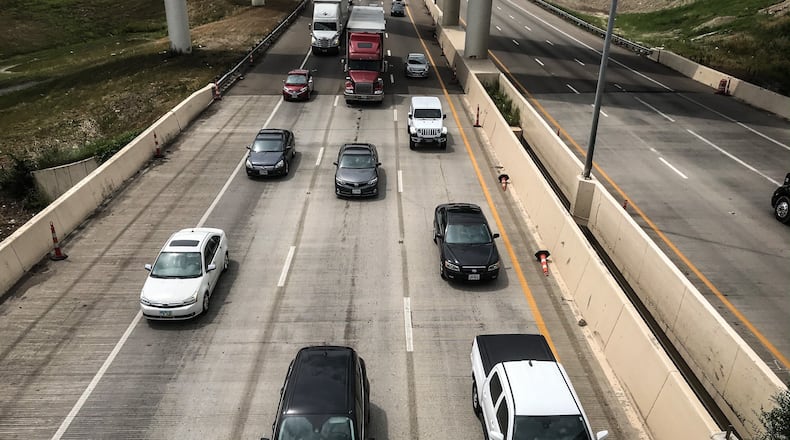“Dayton drivers saw relief with a whopping 10% decrease in car insurance premiums in the past year, most likely due to a drop in driving with COVID-19 related lockdowns,” according to Zebra spokeswoman Danielle Marchell. “However, mileage is not everything, as car insurance prices are also tied to claims. So as soon as accidents and claims begin to rise, so will insurance rates.”
Drivers should continue to be safe behind the wheel and protect their vehicles to prevent individual rates from rising, Marchell. said.
Dayton, at $884 on average, is less expensive than the average rate in Ohio ($926), Cincinnati ($1,151) and the nation as a whole ($1,483), according to the report.
Area rates are different than the state average because population factors into insurance pricing, Marchell said.
“The more people are concentrated in an area, the more risk is involved and the more likely there is for an accident to occur,” she said. “Ultimately, an increase in claims would result in higher rates for all.”
In the past year, car insurance rates fell in 32 states and rose in 17 states and Washington D.C. The rate drop in the Dayton area and elsewhere does not factor in discounts many carriers offered at the start of the pandemic, according to the report.
Ohio ranked the least expensive among all U.S. states for automobile insurance, according to the report. It has only increase 12.29% between 2011 and 2020 and dropped 9.6 percent between 2019 and 2020.
Maine saw the biggest rate increase at 18% year-over-year. Michigan, the previous and current most expensive state for car insurance, had the biggest decrease at 18% because of legislative changes.
Regional rates vary greatly across counties in the general vicinity of the Dayton area because, in general, car insurance pricing is priced based on four buckets: who you are, where you are, what you drive and how you drive, Marchell said.
“Every rate is different for every driver,” she said. “There are different factors that come into play — like age, ZIP codes and accident history — called “rating factors” that determine the pricing based on the individual.”
The concept of “risk” is important to understand in the insurance industry, Marchell said. For those who live in an area where more claims are filed, rates will likely increase for all drivers in the area. For those who live in an area that is more prone to storms, resulting in more claims, rates will rise.
While rates are down this year, drivers still pay $289 (24%) more annually than they did in 2011, according to the report. In that time, rates have increased as much as 80% in 44 states and Washington, D.C., while six states saw rate decreases of up to 20% and one (Delaware) stayed the same.
As COVID-19 created changes to travel habits, the number of miles traveled by U.S. drivers fell 14% from 2019-2020, the report said, citing Federal Highway Administration statistics.
About the Author

